Coring is a mainstay of palaeoenvironmental reconstruction and geoarchaeology, it allows us to take a cross-section through time of deposited materials; be they Peat Bogs, Lake Sediments, River Beds or Flood Plains. Each environment represents its own challenges, and we have a variety of corers to deal with them all.
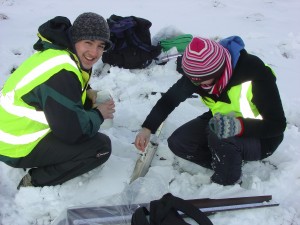 |
Russian
Russian coring is a staple of Peat and soft sediment coring. These manual corers are available in a number of diameters, with an extendible reach. |
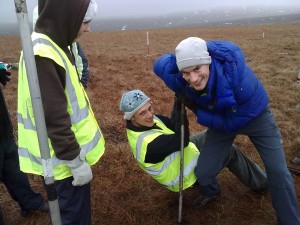 |
Gouge
Gouge coring is used for harder, more densely packed sediments such as clays and heavy soils. Like the Russian, it’s available in multiple diameters and extendible to several meters. |
|
Livingstone Piston
Livingstone coring is used primarily for unconsolidated lake sediments. |
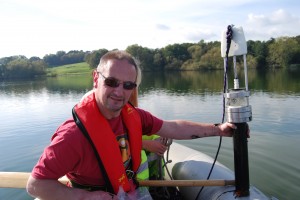 |
Gravity
Gravity Coring is used for taking cores of loose sediments from the beds of open water such as lakes, slow flowing rivers, and ponds. |
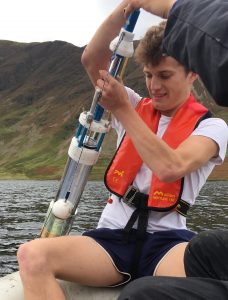 |
UWITEC
The UWITEC corer is a more sophisticated version of the Gravity Corer which allows us to take longer cores from a wider variety of water bodies. |
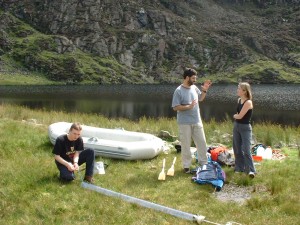 |
Tapper
Tapper coring is used to press through consolidated sediments in lakes, ponds and river beds. |
 |
Stitz
Our petrol powered Stitz corer is used for the hardest, most densely packed sediments such as clays or dry flood plains. |






